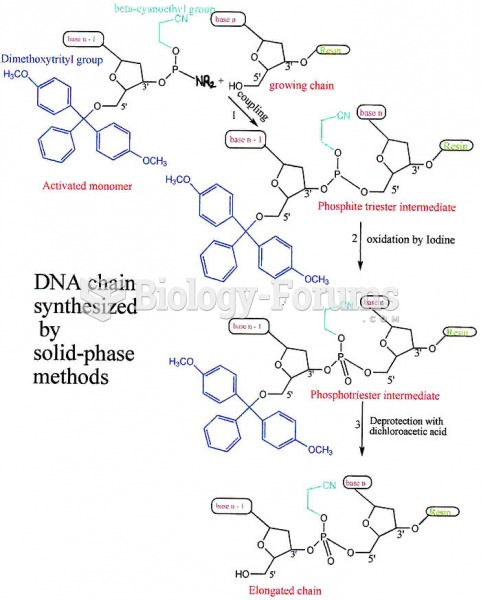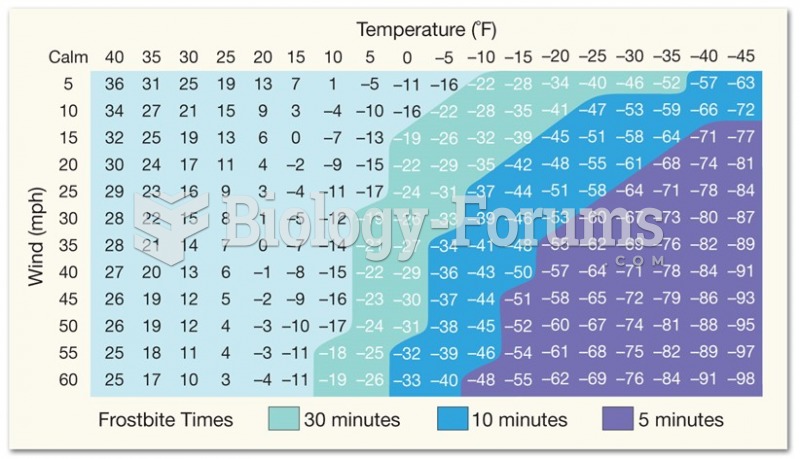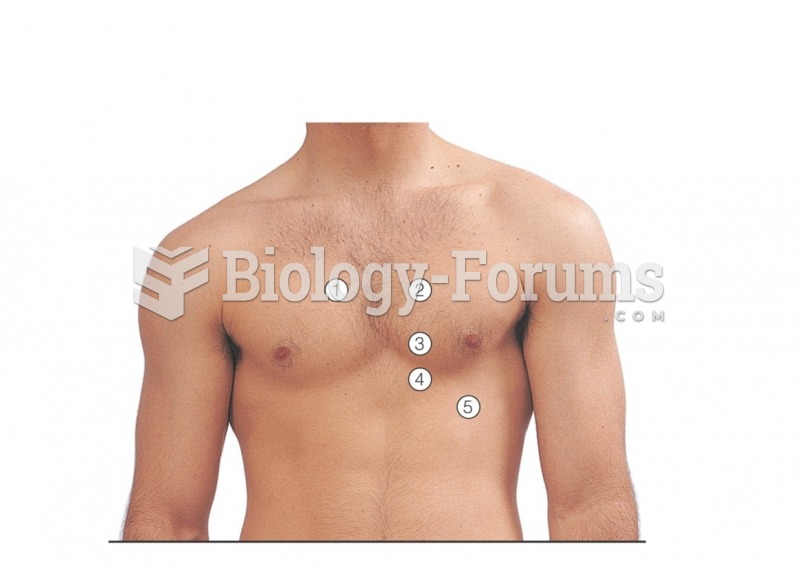HISTORY: This is a 55-year-old gentleman who comes with complaints of chest discomfort radiating to his right arm. It lasts a few seconds.
CORONARY RISK FACTORS: Positive diabetes, positive (1) __________ . Negative smoking, negative family history, and negative hypertension.
MEDICATIONS:
1. Glyburide.
2. Simvastatin.
3. (2)__________.
PROTOCOL: Standard (3)__________ protocol.
RESTING EKG: PR interval 0.16. (4)__________ interval 0.06. Axis +90 degrees.
Interpretation: Sinus rhythm, rate of 70. Poor R-wave progression, cannot exclude previous (5)__________ myocardial infarction, age undetermined; nonspecific ST and T-wave abnormalities.
RESULTS: The patient exercised for 6 minutes 22 seconds, achieving a maximal heart rate of 148, which was 90 of his maximal (6)__________ heart rate. He achieved 7.5 (7)__________ of exercise.
Blood Pressure: Initial resting blood pressure was 140/90 and rose to a peak of 190/80 at peak exercise. It then decreased to 140/70 three minutes into the recovery phase. His double product was 28,100.
Symptoms: The patient experienced (8)__________ and shortness of breath while on the treadmill, but denied any chest tightness complaint.
Reason for Stopping: Fatigue.
STRESS EKG: At approximately 3 minutes into the treadmill trial, the patient developed 1 to 1.5 mm of horizontal and downsloping ST depression noted in V4 and V5. These EKG changes progressed to a full 2 mm of horizontal ST depressions in those leads. These EKG changes resolved within 3 minutes of recovery phase.
Arrhythmias: An occasional PVC was seen. There were no episodes of (9)__________, PACs, or supraventricular tachycardia.
IMPRESSION:
1. Fair exercise tolerance.
2. Normal blood pressure response.
3. Negative for the development of chest discomfort.
4. (10)__________ positive for ischemia.
Question 2
A.
This is a hospital followup of this 63-year-old gentleman who was recently discharged for congestive heart failure.
The patient states that he is feeling better today. He is monitoring his weight daily. He denies any shortness of breath, orthopnea, (1) __________ dyspnea, (2) __________ edema. His energy level is good.
CURRENT MEDICATIONS:
1. Imdur 60 mg daily.
2. Furosemide 40 mg b.i.d.
3. Lanoxin 0.125 mg daily.
4. (3) __________ 10 mg daily.
5. Zestril 15 mg daily.
6. Aspirin once a day.
7. (4) __________ 30 mEq daily.
PHYSICAL EXAMINATION: Alert, oriented, with no acute distress. Blood pressure 110/80. Weight is 207. Heart rate is 60. Neck is supple without jugular venous distention or (5)__________. Lungs are clear, without wheezing, rhonchi, or (6)__________. Heart: Regular rate and rhythm, without murmurs, gallops, or rubs. Abdomen is soft, nontender, without mass or organomegaly. Extremities are without edema.
LABORATORY: EKG: A 100 paced rhythm.
Blood work reveals potassium 4.4, magnesium 1.9. (7) __________ level is 1.27.
IMPRESSION:
1. Congestive heart failure.
2. (8)__________cardiomyo pathy.
3. Status post myocardial infarction.
4. Intermittent atrial fibrillation.
5. (9)__________ syndrome.
6. Diabetes mellitus.
7. Hyperthyroidism.
8. Permanent pacemaker.
PLAN: At this point, the patient seems to be doing quite well on his present medical regimen. Will ask him to continue following his daily weights and to call with any recurrent (10)__________ or symptoms. We will ask him to return in approximately 1 month or earlier if needed.






